READERS COMMENTS
——oooOOOooo——
Manny Norman wrote:
I have just had a good look at all your trolleybuses and the Isleworth Odeon. They bring back some happy memories for me.
Firstly, I remember bus spotting with my brother and a few pals when we were young and living in England. We lived in Harrow during the 1940s and I can remember six different bus routes that served our area:
- 114 – Rayners Lane to Stanmore;
- 140 – Hayes Station to Mill Hill at that time *;
- 158 – Ruislip Lido to Watford;
- 183 – Pinner to Golders Green;
- 187 – South Harrow to somewhere in Ealing, I recall; and
- 18 – Edgware to Wembley and was extended to London Bridge on Sundays.
* I believe that this route now connects Heathrow Airport to Harrow Weald Garage.
I am surprised that I can remember the numbers of these routes after all of these years!
However what really interested us about these routes were the buses that served them and the stock numbers that appeared on the sides of every bus in service.
Routes 114, 158 and 140 were serviced by STL buses; route 183 by STD buses (diesels); route 18 by G buses, which were provided with utility wooden seats called slatted upholstery; and route 187 by old ST buses, which we used to call these buses, long at the front, because of their projecting cabin.
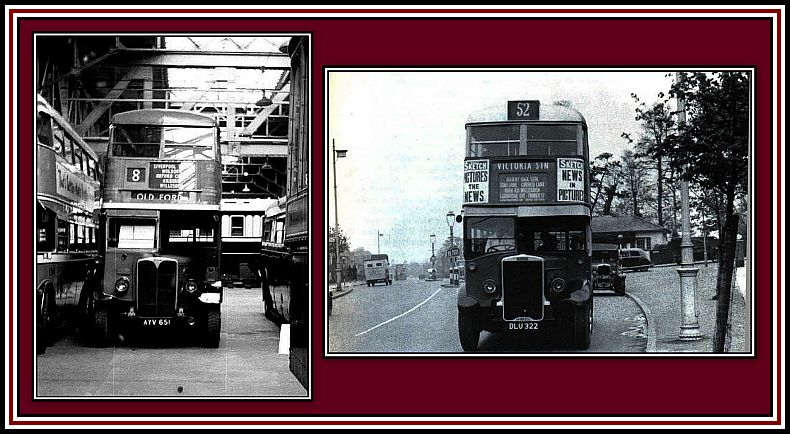 Left: The STL was the standard General/LPTB double-decker bus operating in London from 1932 to 1939. Although standard, they varied in appearance over the years. The photograph shows STL 469 at Clapham Transport Museum in 1961. (Photograph taken by Geoff Bannister)
Left: The STL was the standard General/LPTB double-decker bus operating in London from 1932 to 1939. Although standard, they varied in appearance over the years. The photograph shows STL 469 at Clapham Transport Museum in 1961. (Photograph taken by Geoff Bannister)
Right: Mr. Norman’s reference to the STD servicing route 183 was to the pre-war batch of one hundred Leyland TD4s built to resemble the STL. These buses remained in service until the early 1950s. During this time they operated on route 183 and were housed at Hendon Garage (code AE). The photograph shows STD 12 soon after its introduction operating on route 52, which is another route serviced by Hendon Garage. (Photograph by London Transport)
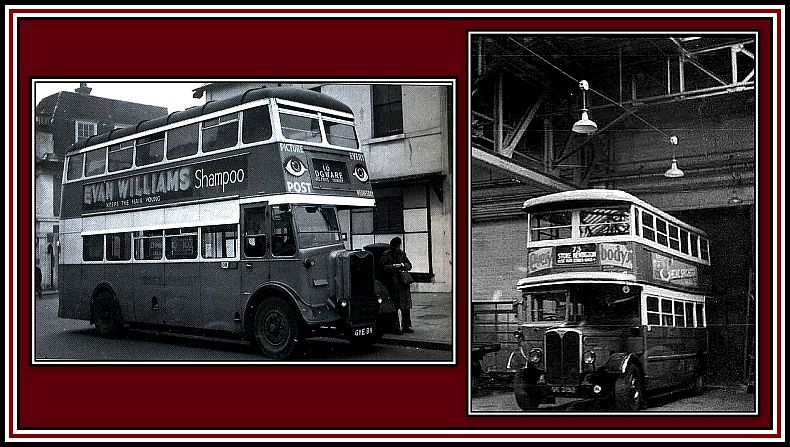 Left: There were 435 austerity Guys produced, which were mainly delivered towards the end of the the Second World War or just after its conclusion. The photograph shows G 150 in service on route 18. (Photograph taken by Alan B. Cross)
Left: There were 435 austerity Guys produced, which were mainly delivered towards the end of the the Second World War or just after its conclusion. The photograph shows G 150 in service on route 18. (Photograph taken by Alan B. Cross)
Right: The ST double-decker bus was the precursor of the STL. It was a shorter AEC Regent bus built between 1929 and 1932. The photograph is of a standard ex-General vehicle, ST 821, now preserved and seen here at Clapham Transport Museum in 1961. (Photograph taken by Geoff Bannister)
We did not have trolleybuses in the area where I lived. I thought that the nearest were in Greenford and traveled to Wembley, but I have learned that there were no trolleybuses at Greenford. Apparently the nearest service was route 607 at Ealing, which ran along the Uxbridge Road. I also remember trolleybuses on the Harrow Road, which I have learned were routes 662, traveling between Edgware and Paddington Green and 664, in service between Wembley and Paddington Green.
 Trolleybus number 1529 (Class L3) is seen here in service on route 662 at Paddington Green during its last weekend of service in January 1962. (Photograph taken by Geoff Bannister)
Trolleybus number 1529 (Class L3) is seen here in service on route 662 at Paddington Green during its last weekend of service in January 1962. (Photograph taken by Geoff Bannister)
In one of your stories you mention going into bus garages. Like you, my brother and I were thrown out of quite a few too! Our most memorable was Turnham Green where we had bagged our first RTL double-decker bus (RTL 501).
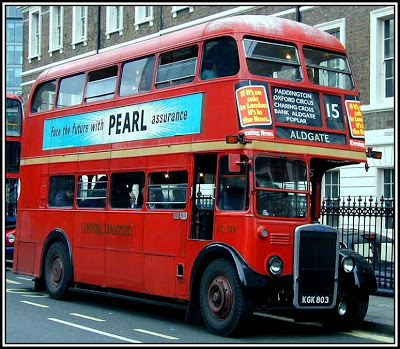 RTL 139 servicing route 15 traveling towards Aldgate
RTL 139 servicing route 15 traveling towards Aldgate
However, I also remember a more pleasant experience thanks to a friendlier employee when we went to Romford Garage. He was very kind to us and took us into the main office and gave us a great deal of information about London Transport buses, including a list of all the number of the buses housed at the garage, which I seem to recall were mostly D-type buses. After this, he took us on a tour of the garage.
Romford Garage (code RE) was a garage which housed green livery double-decker buses and operated Green Line Services. Green Line routes had been suspended during the Second World War and were resumed only when hostilities were halted. Romford Garage was allocated 37 D buses. The photograph shows D 69 at Aldgate Terminus in service on route 722. (Photograph taken by Prince Marshall)
Of course, we were never without our Ian Allen book on London Transport Buses and Coaches containing the complete list of the stock number of the buses that were in service at that time.
After a day of bus-spotting and jotting down the number we had seen, we returned home and religiously underlined each number in our books. I remember that probably our best haul of new buses seen was during the 1948 Olympics at Wembley Stadium. Here we were lucky enough to see such rare bus types as C, CR and Q types.
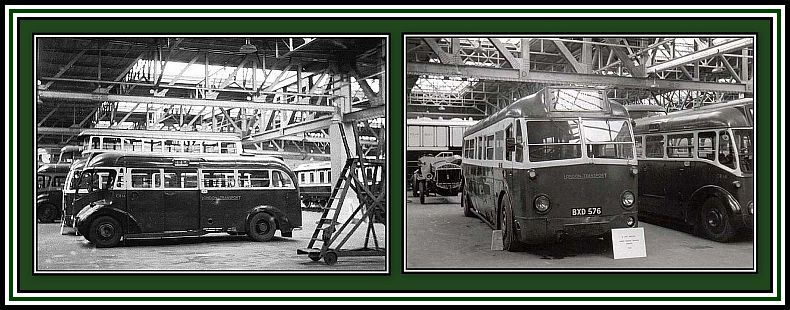 Left: The CR was a single-decker Leyland Cub with a rear transverse-engine seating 20 passengers and was designed for short rural routes. As a result of the war, they spent most time in storage because of a shortage of spare parts. Some of these buses saw service as extras in the rush hour after the war and during the Olympics. Only a handful operated during normal service. The photographer notes that he often saw one in green livery at Epsom Station on a route to a new housing estate in the early 1950s. CR 14 is shown here at Clapham Transport Museum in 1961.
Left: The CR was a single-decker Leyland Cub with a rear transverse-engine seating 20 passengers and was designed for short rural routes. As a result of the war, they spent most time in storage because of a shortage of spare parts. Some of these buses saw service as extras in the rush hour after the war and during the Olympics. Only a handful operated during normal service. The photographer notes that he often saw one in green livery at Epsom Station on a route to a new housing estate in the early 1950s. CR 14 is shown here at Clapham Transport Museum in 1961.
(Photograph by Geoff Bannister)
Right:The Q was a single-decker bus with a side engine and 238 were built between 1933 and 1936. These buses were considered to have cutting edge engineering pioneered by AEC and Leyland. Of the total, 234 of them had slightly different layouts. Central Area red livery Qs were built with an open platform at the very front, forward of the wheels while Country Area and Green Line versions (both in green livery) were built with a shorter front overhang and a central entrance. Country Area Q 55 is shown here at Clapham Transport Museum in 1961.
(Photograph by Geoff Bannister)
I notice that the cost of the Ian Allen book was half-a-crown, which was quite a lot of money for a child in the 1950s and before. My father used to give me this amount each week when I was young for arranging his sheet music in the various folders designated for each instrument that was needed for his band member for his BBC Radio programs. I assume that this is how I must have afforded the other books that I had, which included various train-spotting books, one for the LMS (London-Midland-Scotish Railway), LNER (London-North Eastern Railway), GWR (Great Western Railway) and SR (Southern Railways). We also spent a great deal of times at the end of numerous platforms in the major London train terminals, especially Euston.
I remember that when the buses arrived at Harrow Wealdstone Station, the conductor always dropped Harrow and only called out Wealdstone Station, L, M and S, but would add in an amusing tone, ‘ell of a mess! This addition was made long before the tragic train accident of 1952 where many people were tragically killed. I am sure that after this the addition was dropped too.
A bus that I remember was Old Bill which was a vehicle from the one-time London General Omnibus Company and was of the B class. This bus had been in service during the First World War and had transported troops to France. The bus was brought out of retirement occasionally and formed part of the funeral processions of London Transport dignitaries
 Old Bill – B-Type Bus – shown here at the Imperial War Museum in London
Old Bill – B-Type Bus – shown here at the Imperial War Museum in London
By the way, in the fourth part of your series, The Odeon Isleworth, did I see a picture of J. Arthur Rank? My father knew him and would mention him on occasion, but I never met him myself. There was an Odeon in South Harrow close to where we used to live. Although the exterior was perhaps not as spectacular as the one in Isleworth, we nevertheless like it and used to go there on Saturday mornings to see, amongst other things, cartoons with Donald Duck and Deadwood Dick! We also used to go to the café associated with the cinema and to Genners, the department store adjacent to it.
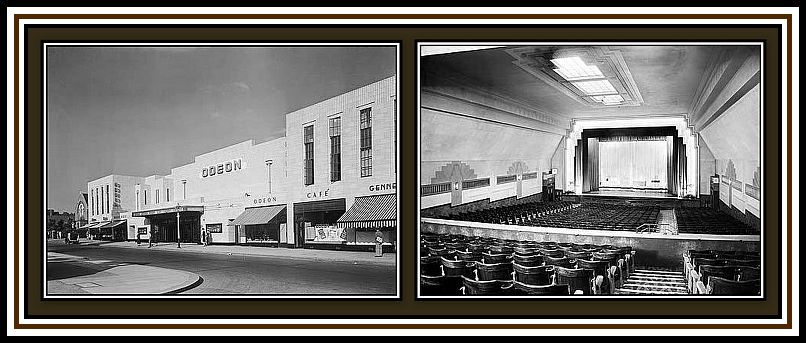 The Odeon South Harrow – the Odeon Cafe and Genners are seen in the photograph on the left
The Odeon South Harrow – the Odeon Cafe and Genners are seen in the photograph on the left
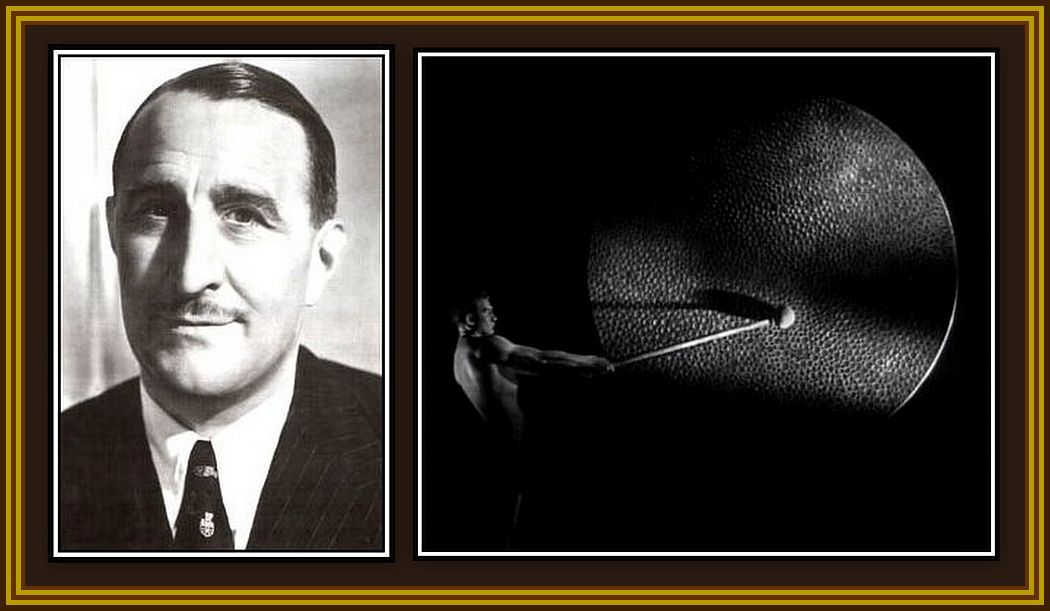 J. Arthur Rank, later Baron Rank
J. Arthur Rank, later Baron Rank
Here is the song I (almost) remember that we were supposed to sing on Saturday mornings:
To the Odeon, we have come.
Now we’re all together,
We can have some fun.
We’re a hundred thousand strong,
So how can we be wrong ……. ?
Unfortunately I don’t remember the rest of it! In 1994, I went back to Harrow on a visit, but sadly the Odeon South Harrow was no longer there and the space was now occupied by apartments.
Thanks for the memories!
Manny
——oooOOOooo——
I would like to thank Manny for his letter and for sharing his great memories with us. I also extend my thanks to Geoff Banister for allowing photographs from his collection to be shown here and for providing additional information about them and on the bus routes.
Regarding The Odeon Song that Manny mentioned, I have not found his song, but I have found another which can be heard here. I have to admit that when I went to Saturday Morning Pictures as a child, we were never asked to sing such a song.
——oooOOOooo——
Click here to return to THE ODEON ISLEWORTH Home Page
——oooOOOooo——
Click here to return to the TABLE OF CONTENTS
——oooOOOooo——

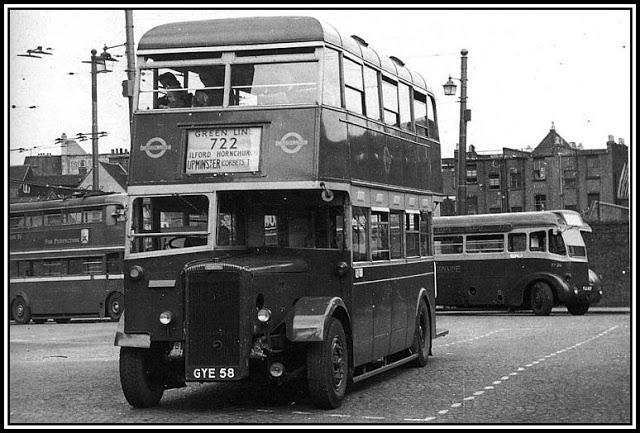
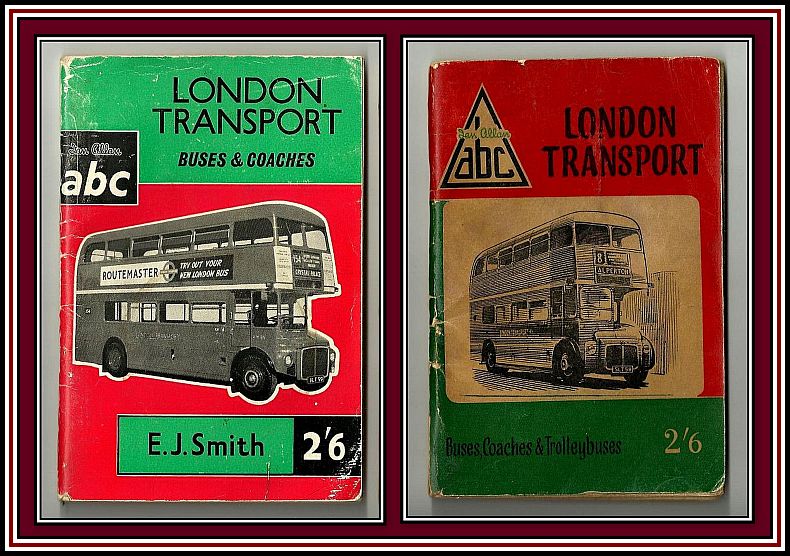
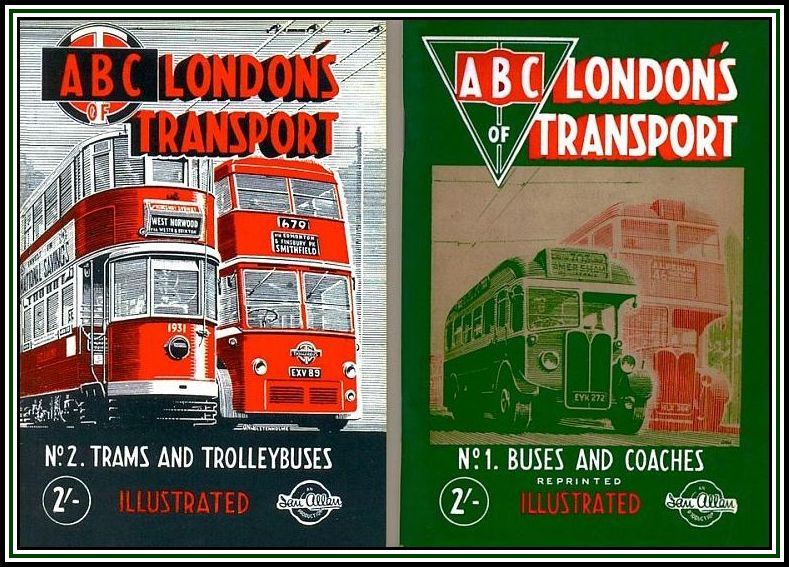

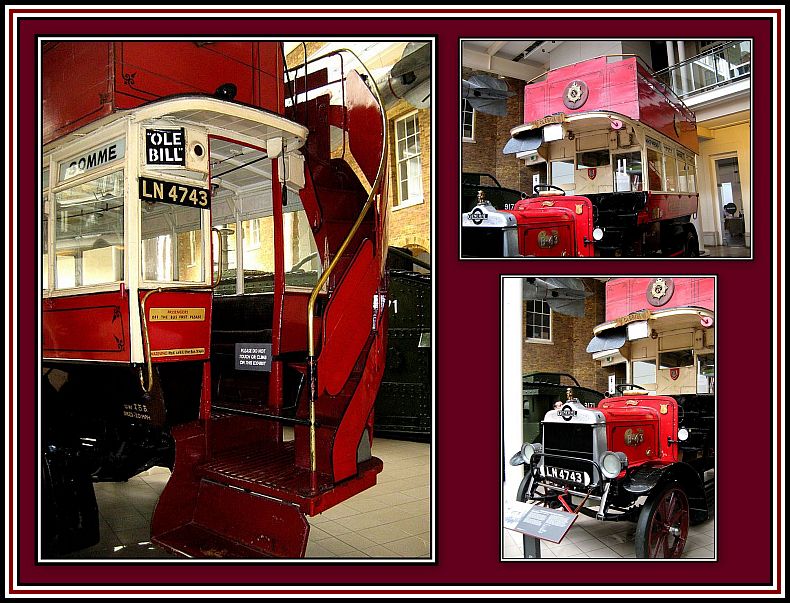
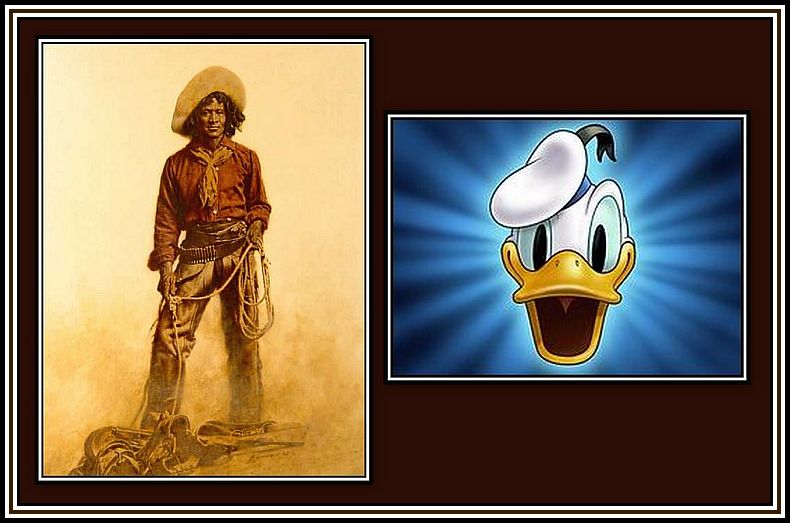
I lived in Harrow (Kenton) from 1944 up until 1958 when I moved out to New Zealand.
Our local bus routes where 140, 183 and the famous 230. The STDs on the 183 were quite fast as where the RLH s on the 230.
Not long before we left the 140 was extended from Hayes Stn /Bourne Ave to London Airport Central as it was known.
Prior to the the RLH on the 230 it was operated at times with a mixed bag of lowbridge vehicles ST and STL both red and green, and when RLH were in short supply we had the odd single deck TD rostered in. The upstairs of the RLH must have been a pain for the conductor. I have copies to this day of Ian Allen bus and train spotters books. and timetables . Used to train spot at Kenton Rec overhead bridge LMR line, along with the local Watrord Junction -Euston /Broad Street and Bakerloo lines. Keep up with the lastest goings on , not like it used to be. Returned a couple of times but not the same. Their are several ex London buses out here, RT, RLH RTL and RM.
Big surge in local bus travel here so double deckers are being tried out.